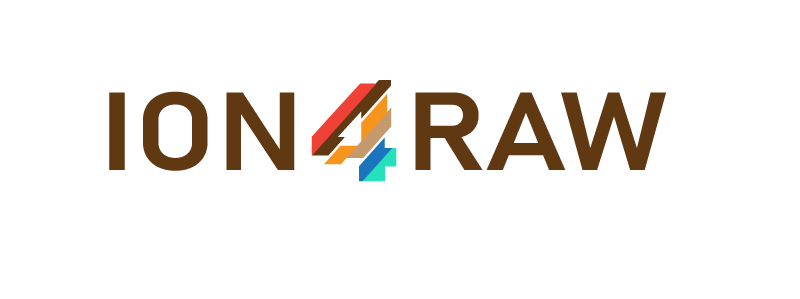As part of our ION4RAW project, the French’s Public Institution for Earth Science applications, the Geological Survey (Bureau de recherches géologiques et minières – BRGM) published an article proposing a new method to identify more accurately the accessible mineral resources: Predictive assessment of metallogenic signatures using the DataBase Querying (DBQ) method: A European application.
In the context of climate change and related international renewable-energy policy, the fast growth of emerging economies and the rapid development of new technologies have caused a drastic increase in the demand for several metals and other elements. Thus, a reliable supply of critical raw materials is one of the major European challenges in the deployment of low-carbon technologies and to secure several strategic sectors of European industries.
However, not all elements of economic interest today have been systematically assayed and/or studied in the past, and the existing European databases of are incomplete from a 2022 viewpoint. Among recently identified critical raw materials, several elements were, or are, not systematically identified and/or assessed in European databases, as their high economic importance and supply risk have only recently become apparent. Thus, a gap may exist between historical databases and current metal needs.
To adress this gap, BRMG developed a new approach in addition to a ‘classical’ application of the DataBase Querying (DBQ) geostatistical mineral prospectivity method. This new approach is based on the assessment of more global predictive metallogenic-signature aspects, by clustering studied elements known to occur in various metallogenic families, using ArcGIS software. Development of this method at a continental scale allowed identifying several areas of great interest in Europe for exploration of the targeted by-products.
Learn more in the article here


